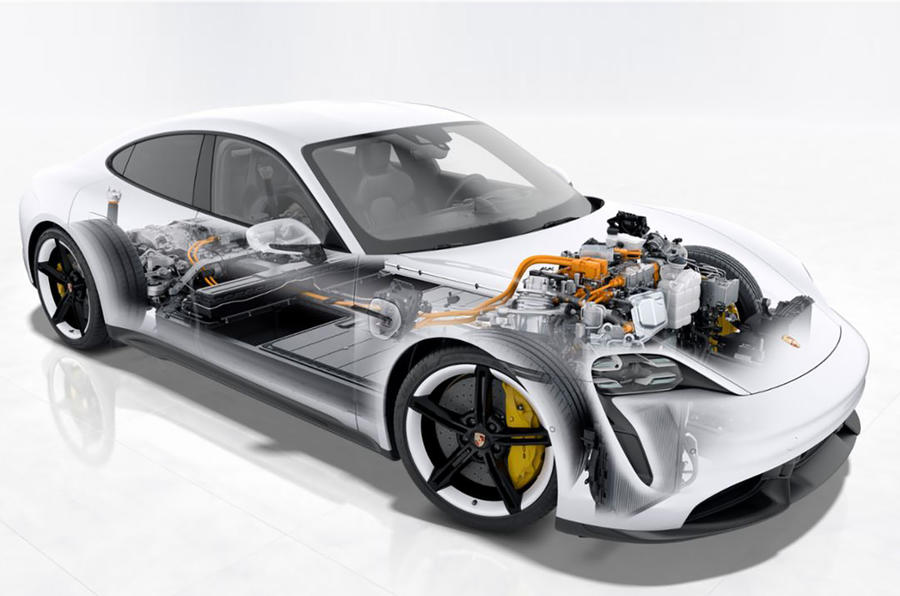 800V EV charging is set to close the convenience gap with conventional cars
800V EV charging is set to close the convenience gap with conventional cars
EV charging times are likely to tumble soon and industry sources predict that in five years it should be possible to ultra-rapid-charge even a high-capacity EV battery en route in under 10 minutes.
But this will be a story of two parts, the first being the introduction of high-power charging and the second improvements to the way batteries are designed (rather than any new miracle chemistry).
Most EVs today are equipped with 400V electrical systems, which are rated by the industry as high-voltage systems. Electrical power is measured in watts and the power in watts is worked out by multiplying the voltage by the current in amperes.
To increase the power in watts that an EV system can deliver, or the charge it can accept, either the voltage or the current (amperage) needs to be increased. The problem with using a higher current is that it requires bigger, heavier cables with thicker insulation and it generates more heat, so the alternative is to increase the voltage instead, hence the introduction of 800V electrical architecture by Porsche. Increasing the system’s power allows both higher performance and faster charging.
Most public rapid chargers can replenish at up to 50kW DC but ultra-rapid chargers delivering up to 150kW and a handful of 800V, ultra-rapid chargers capable of 350kW from Ionity began to appear last year. The Porsche Taycan is the first to be able to take advantage of the 350kW chargers thanks to its 800V electrical architecture.
According to Porsche, taking a Taycan battery from 5% to 80% charge at one of the new Ionity chargers takes a tad over 20 minutes. Even then, the Porsche isn’t using the full capacity of the charger, drawing power at a peak of 270kW. But charge speed isn’t just about charger power: it’s also governed by how fast the battery cells can accept charge, and that’s the other part of the story. The best is yet to come as battery design catches up with EV electrical and charging systems.
The logic behind charging at such a high rate is to achieve some parity with conventionally fuelled cars in highway driving over distances, so 800V technology is about convenience as well as performance.
Compare average EV journey times using 50kW rapid chargers with those of conventional cars on a 725-kilometre trip at motorway cruising speeds and there’s a big gap.
A conventional car may be stopping for a splash and dash, but Porsche estimates the EV making two much lengthier refuelling stops will take around 45% longer, compared with around 10% longer at close to 350kW. Put another way, an EV with a large battery capacity charging at close to 350kW and 800V could take on enough charge to cover 200 kilometres in a mere eight minutes.
Ionity was set up by a group of major car makers so it’s fair to assume 800V systems will eventually appear in EVs further down the food chain than the Taycan. When that happens, the difference in ‘refuelling’ times between a family EV and a conventional car could become insignificant.
Jesse Crosse




 800V EV charging is set to close the convenience gap with conventional cars
800V EV charging is set to close the convenience gap with conventional cars